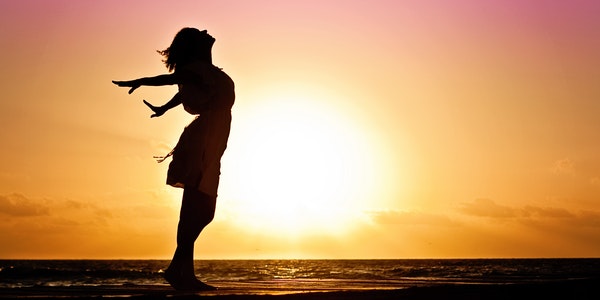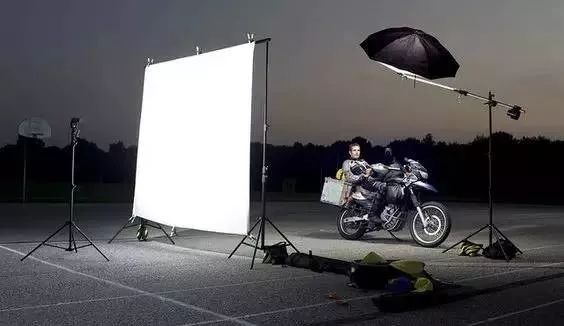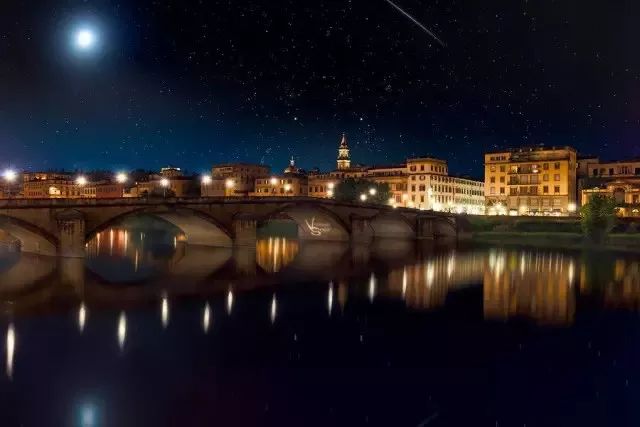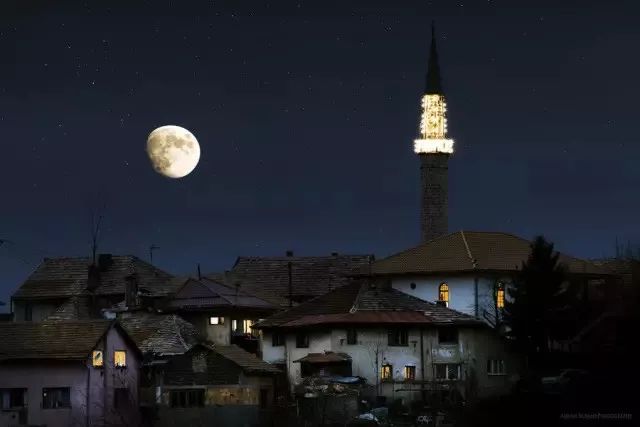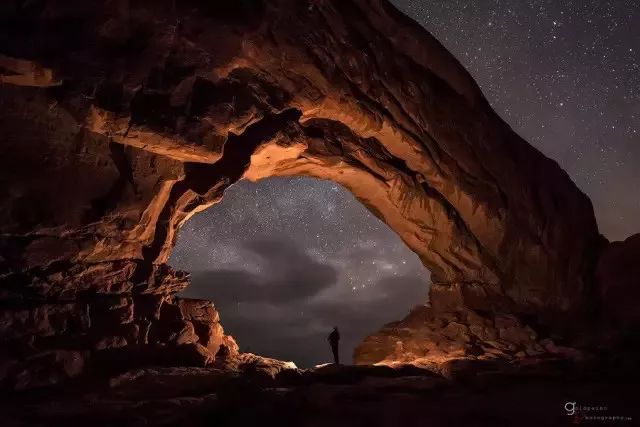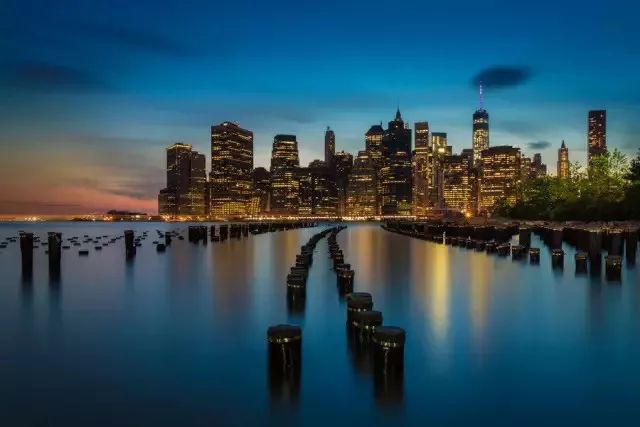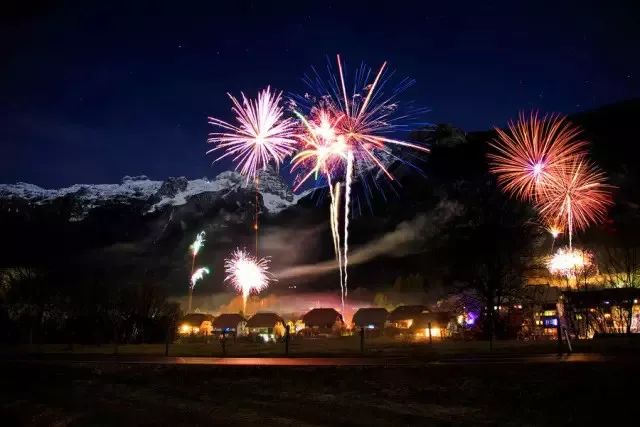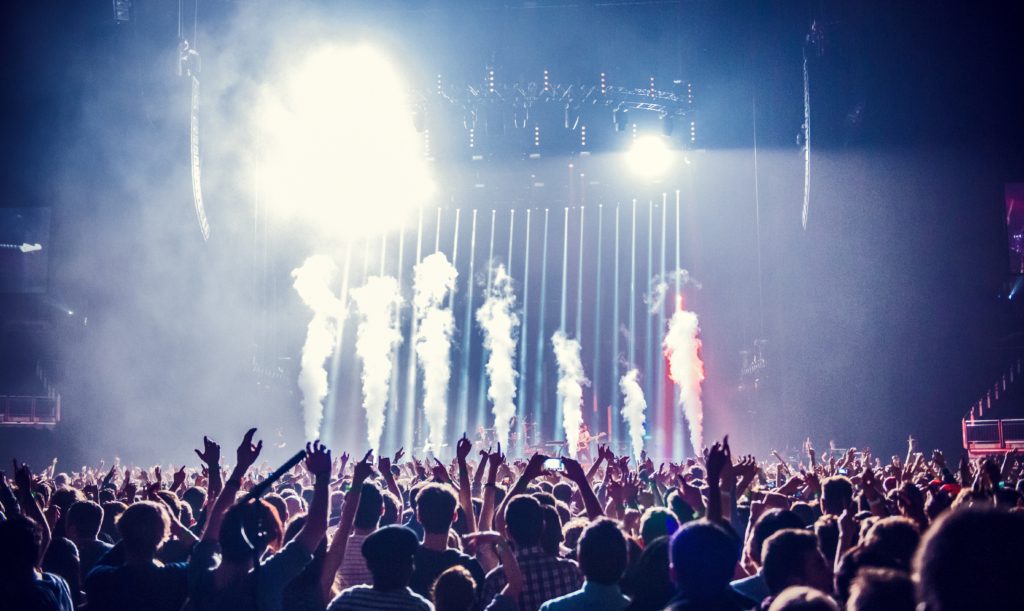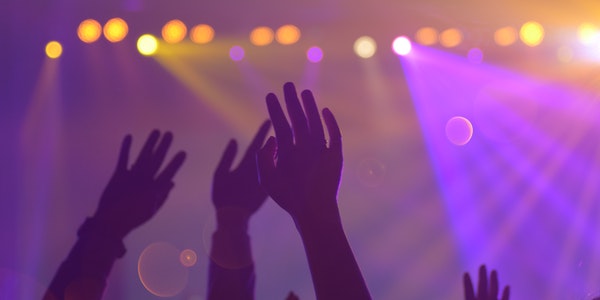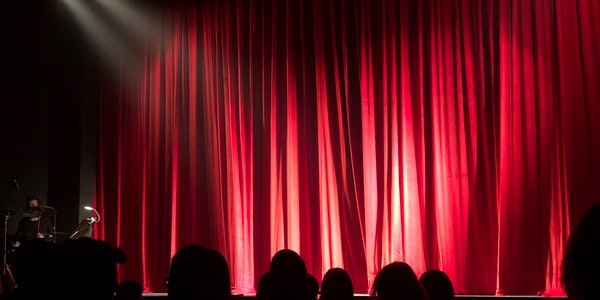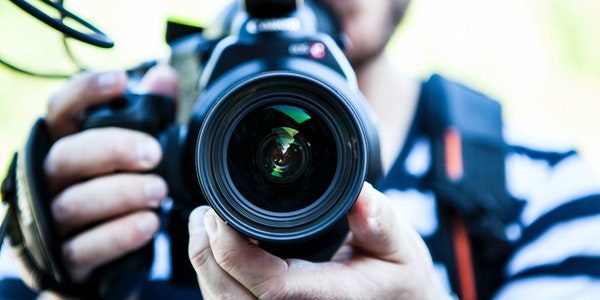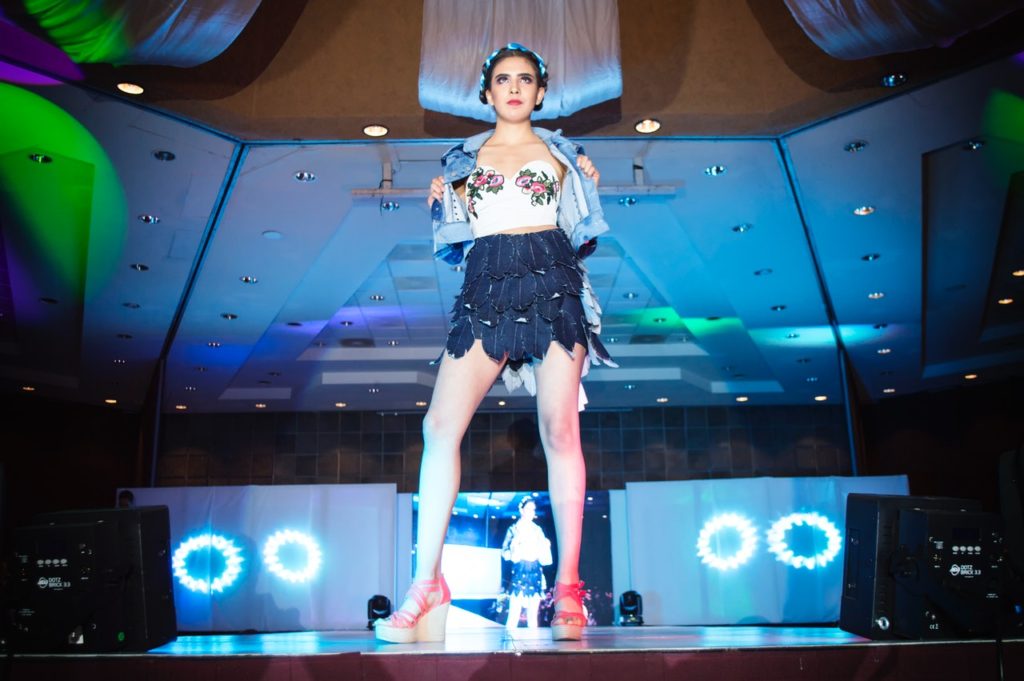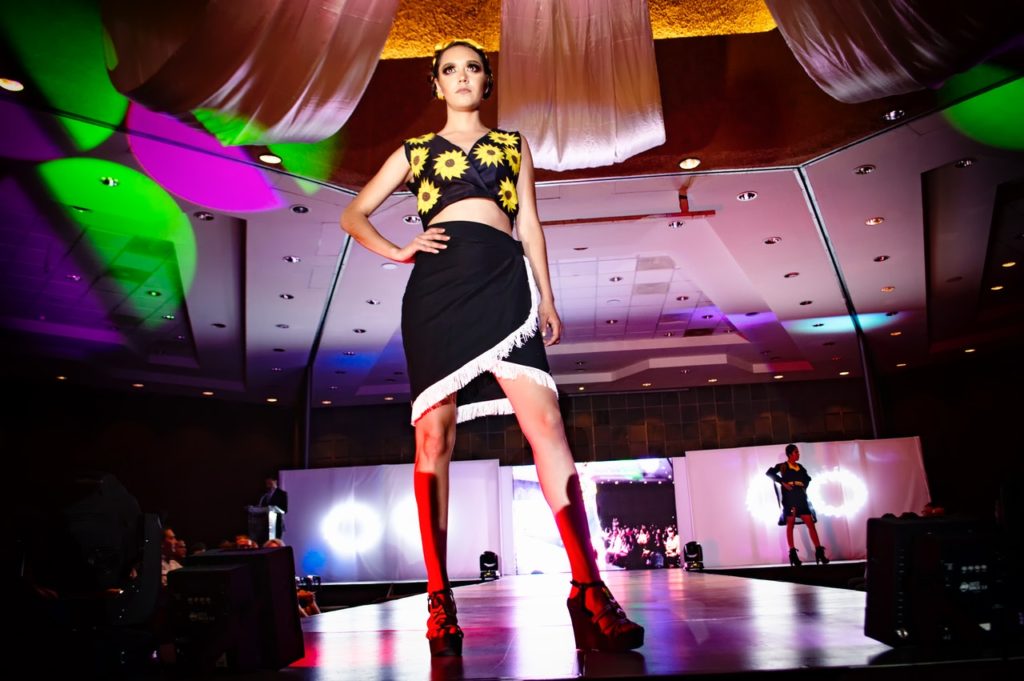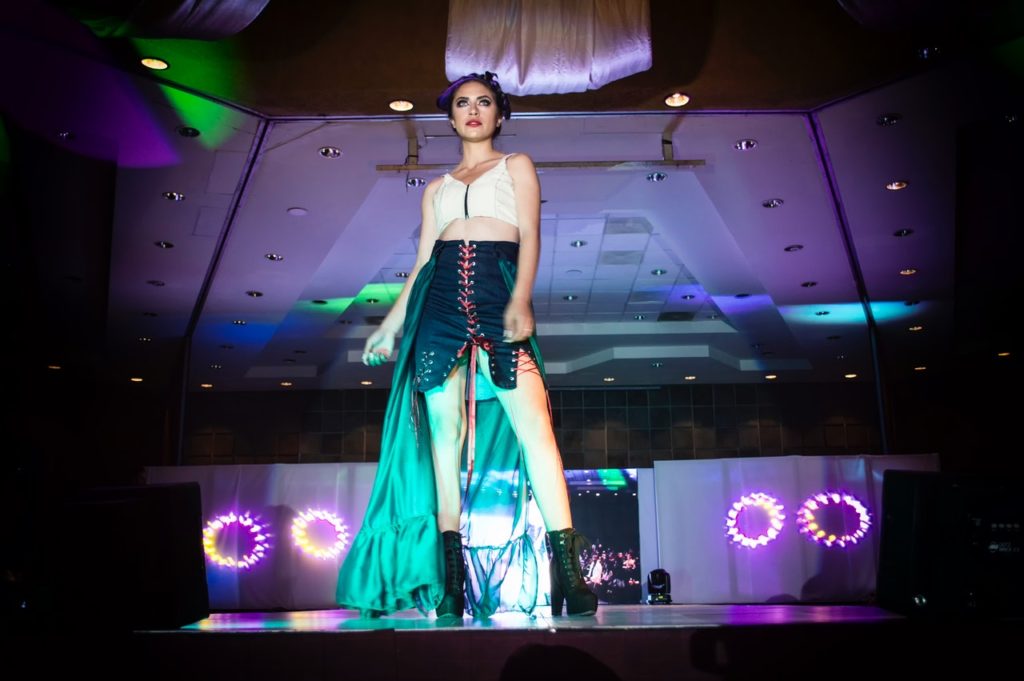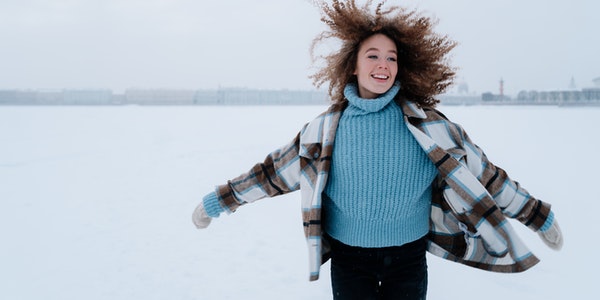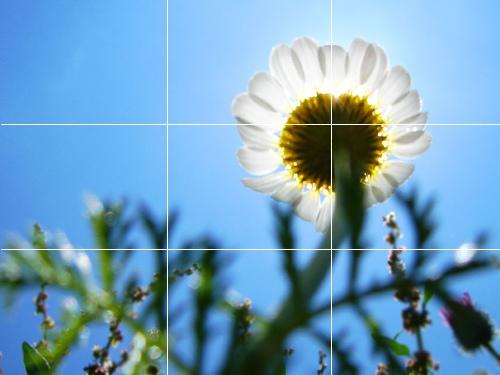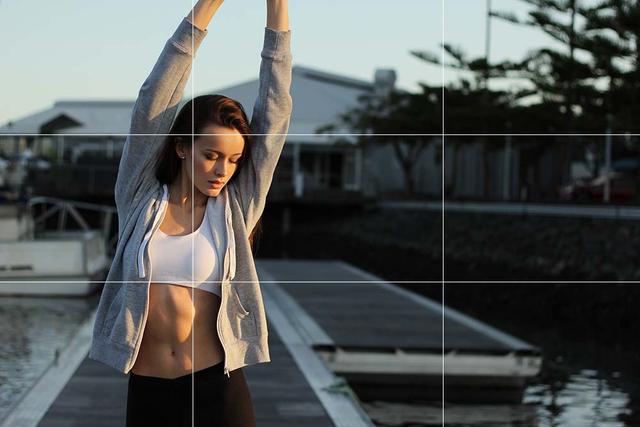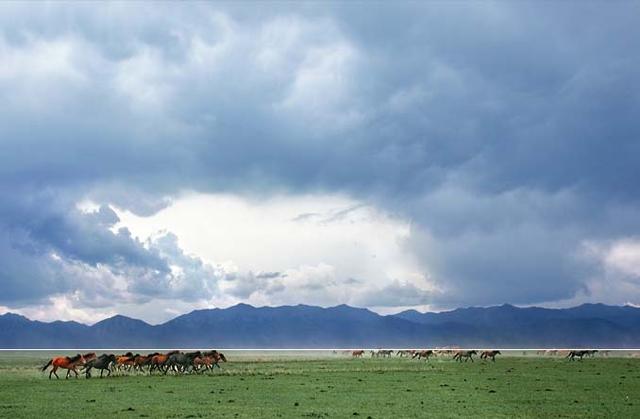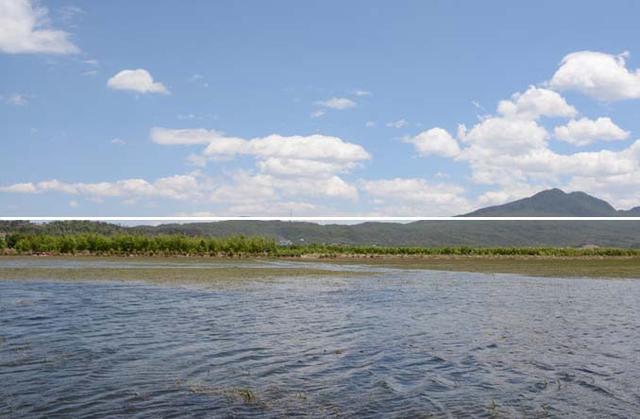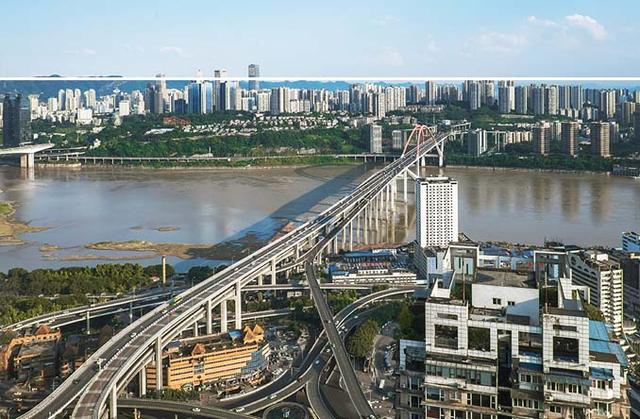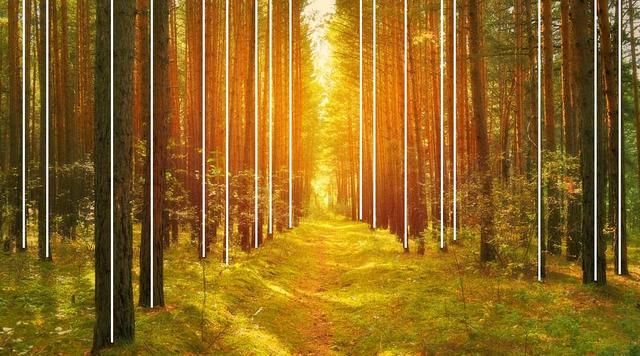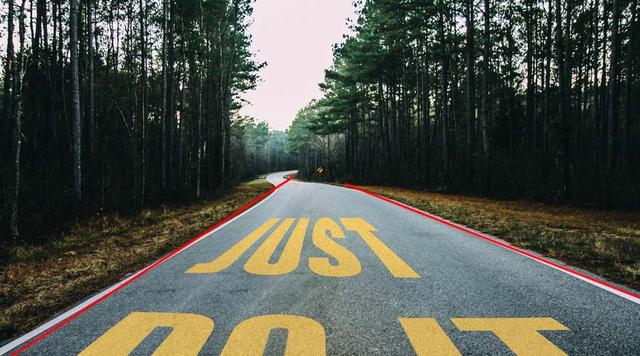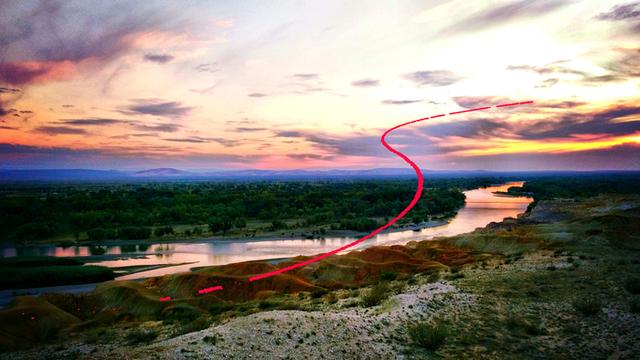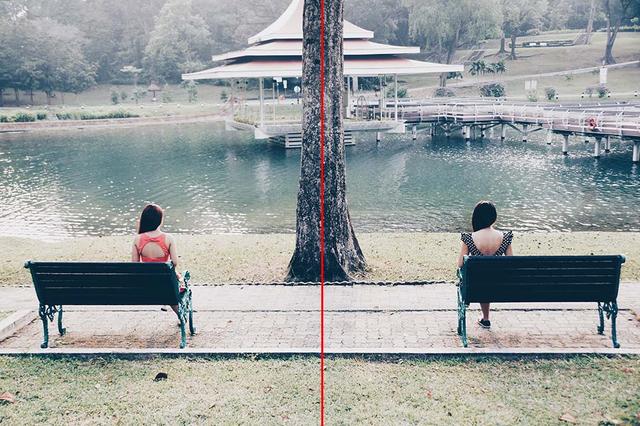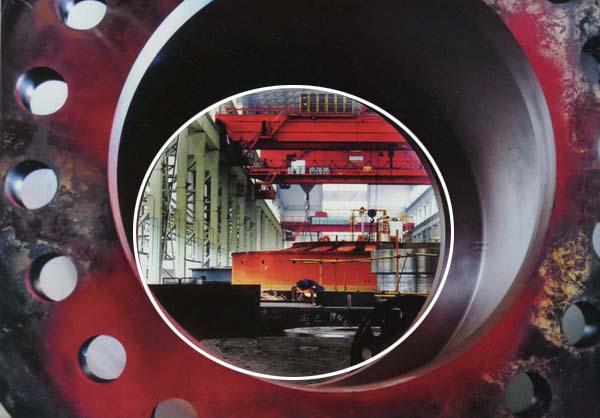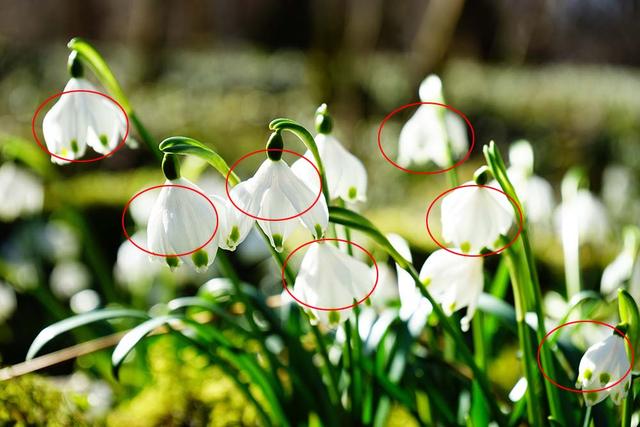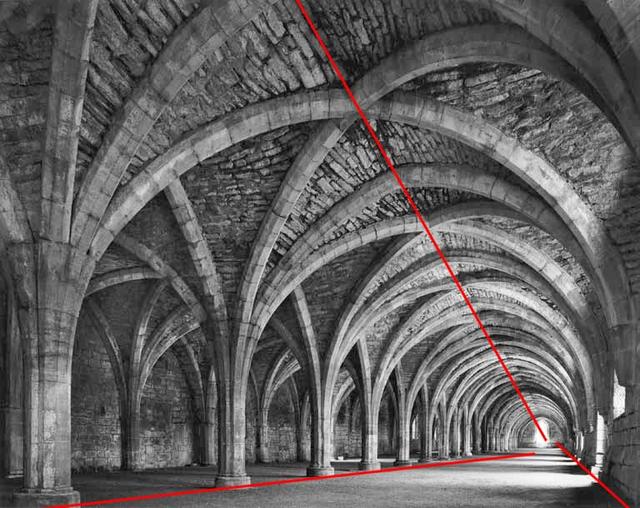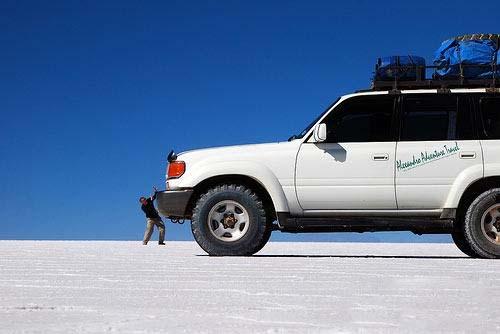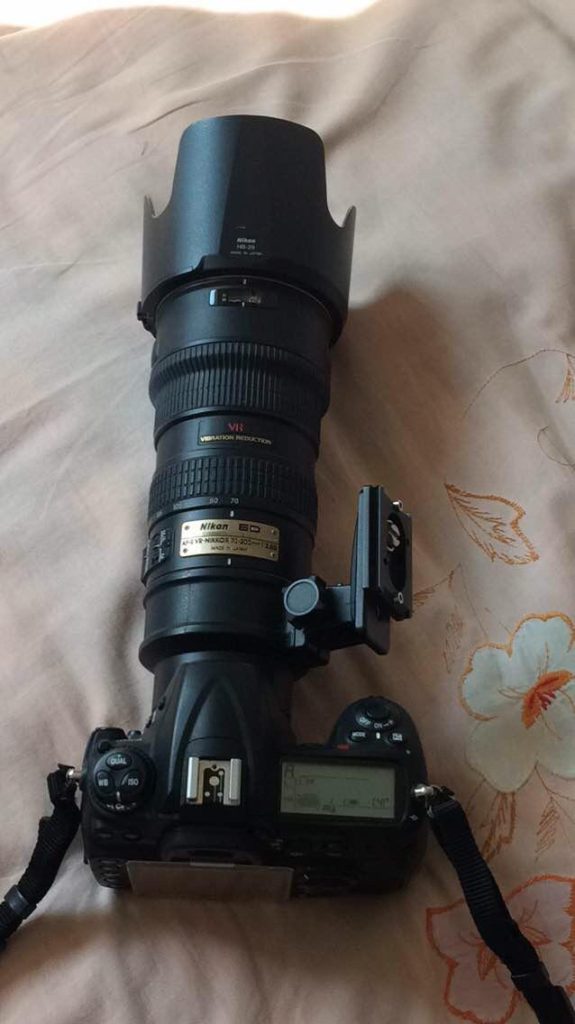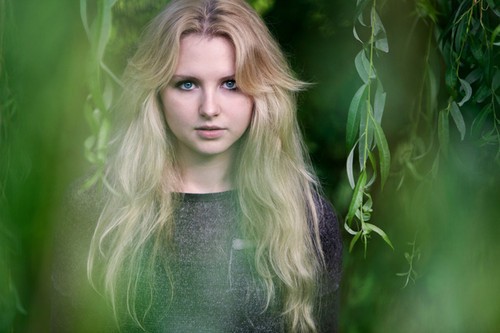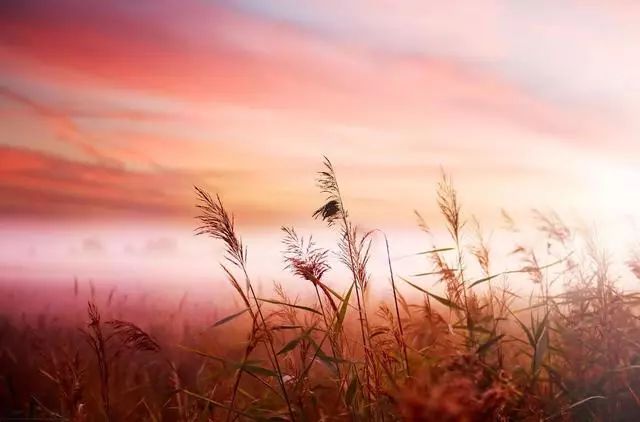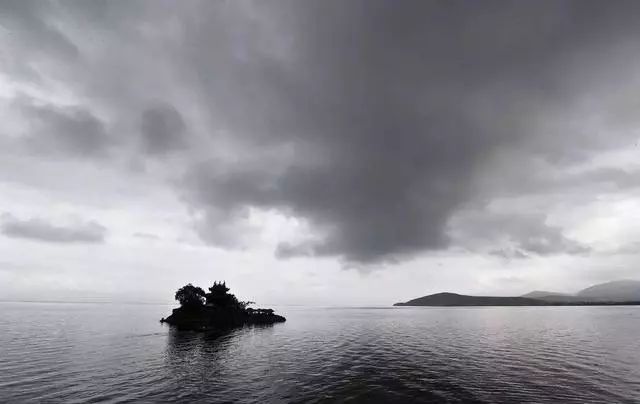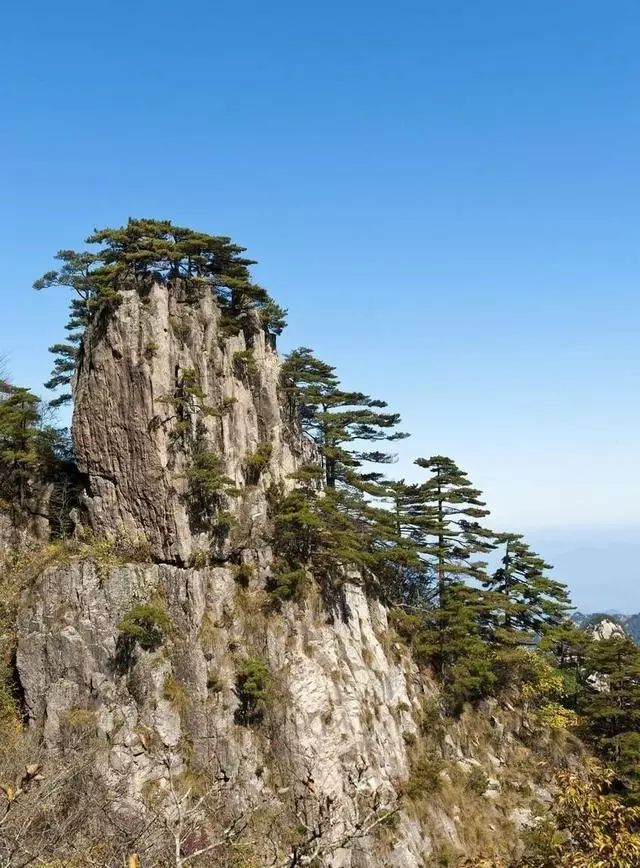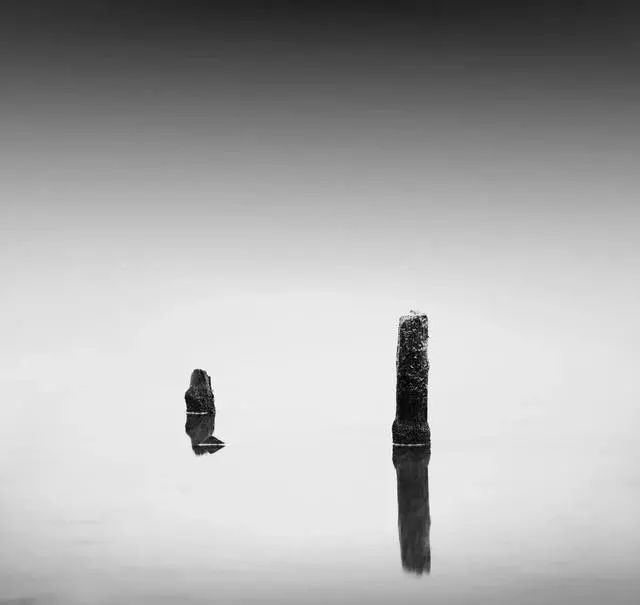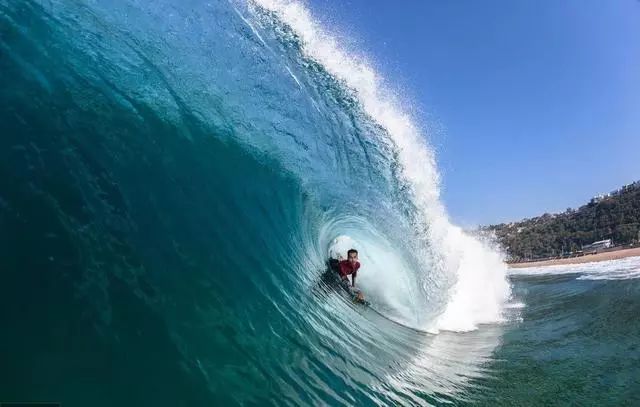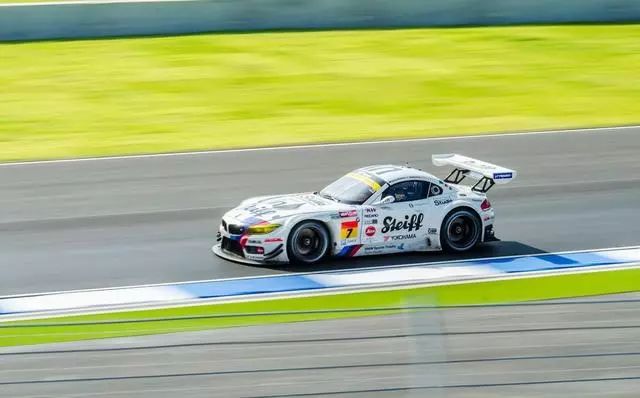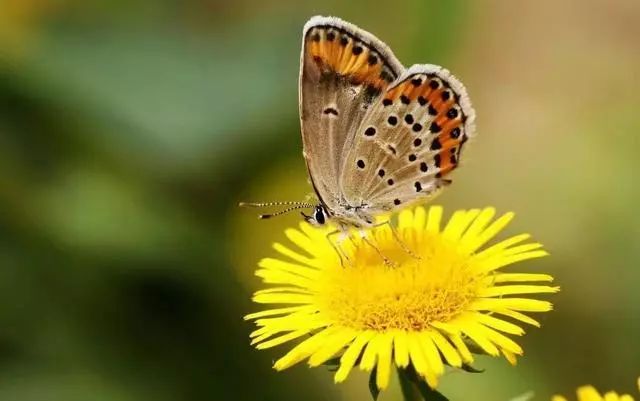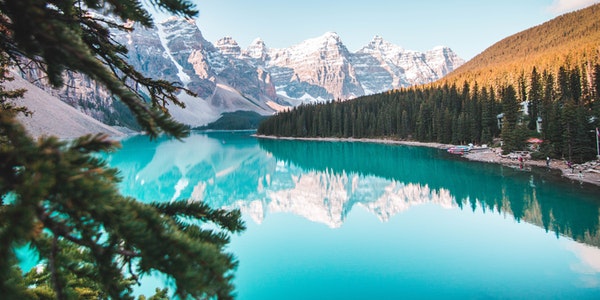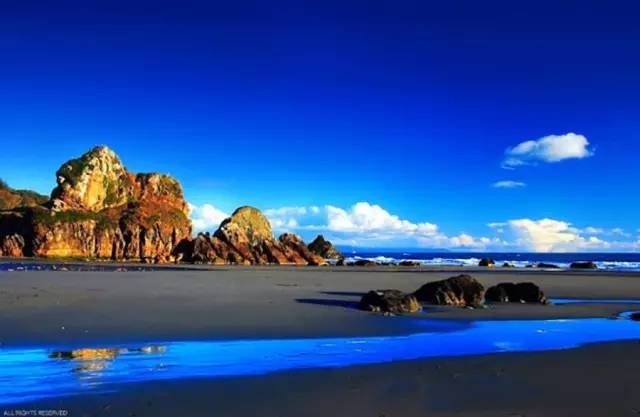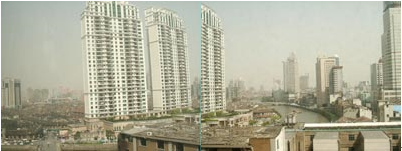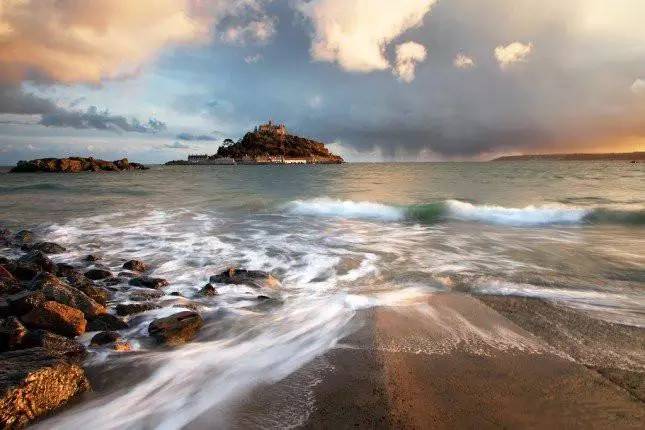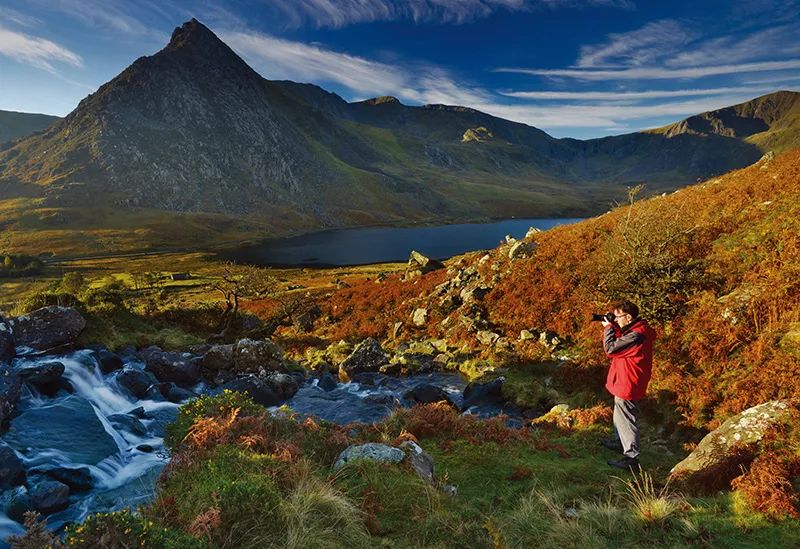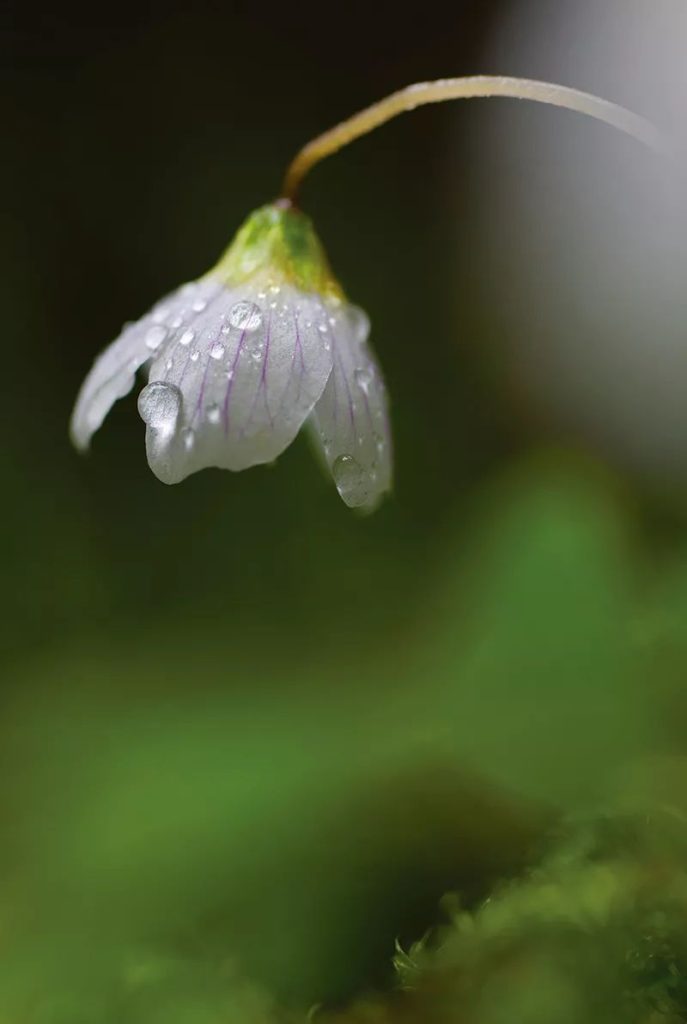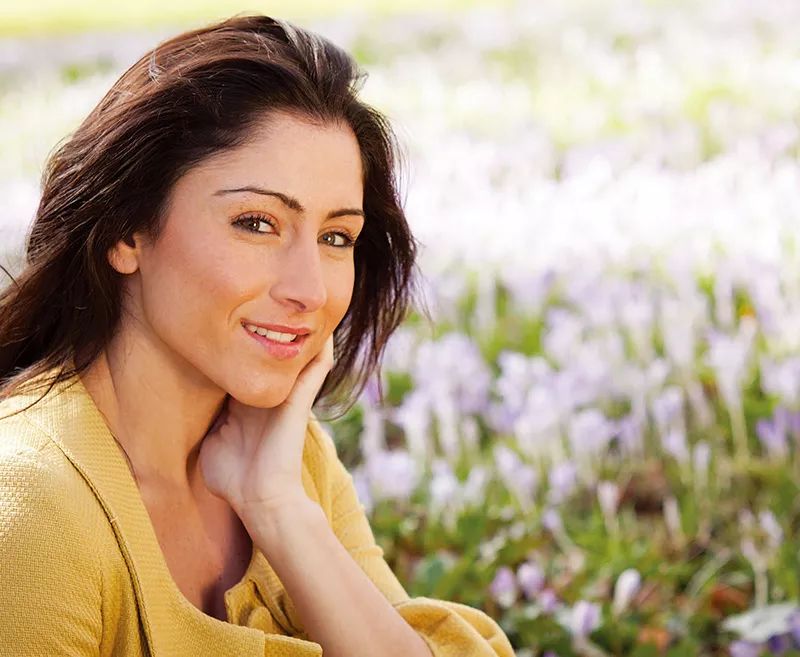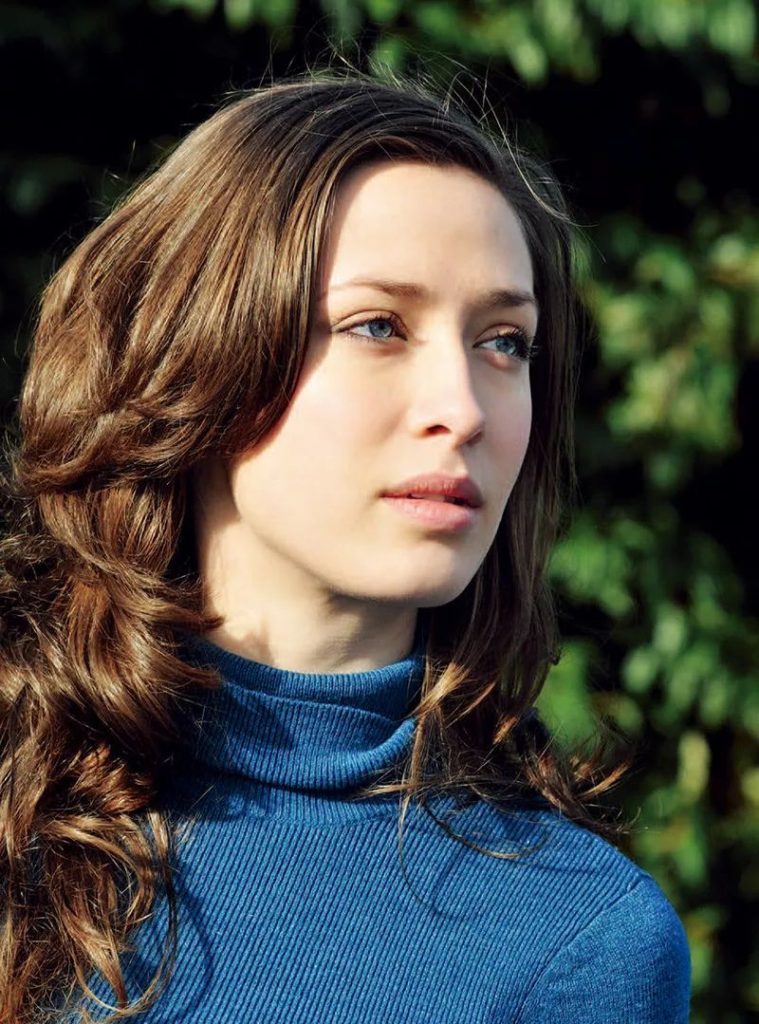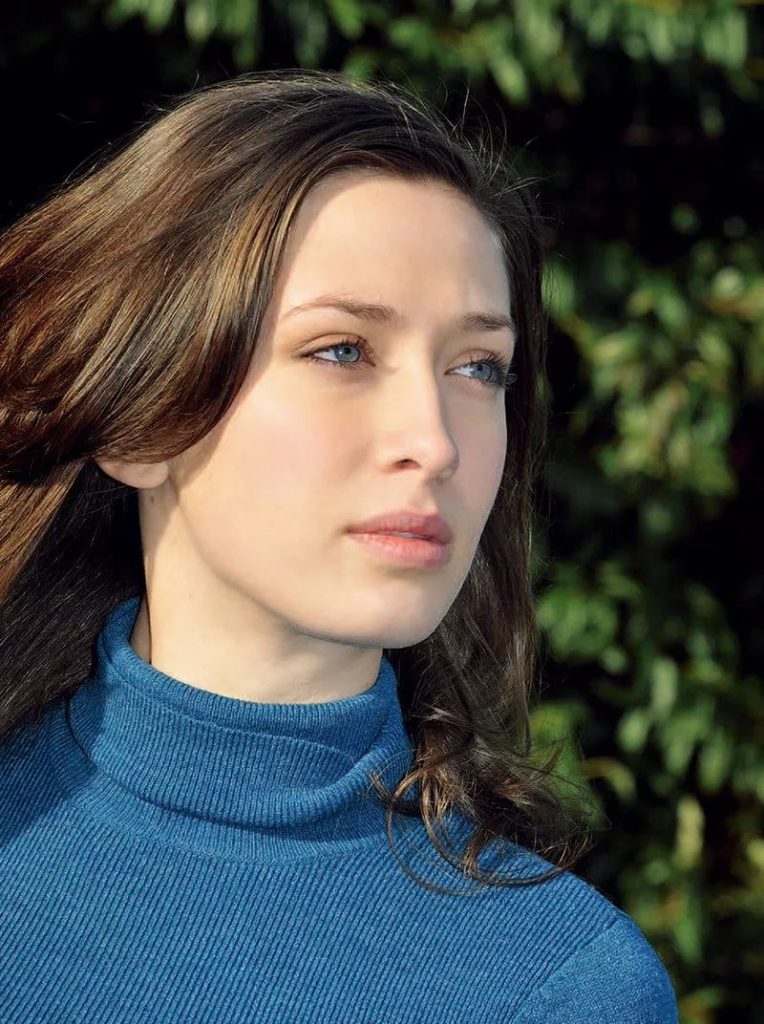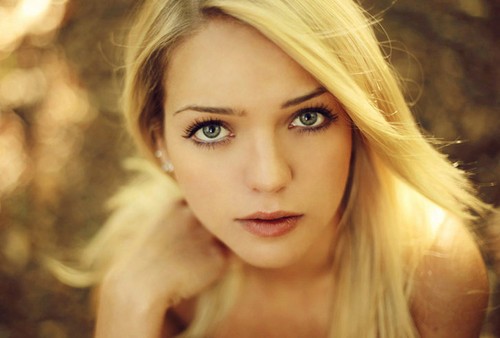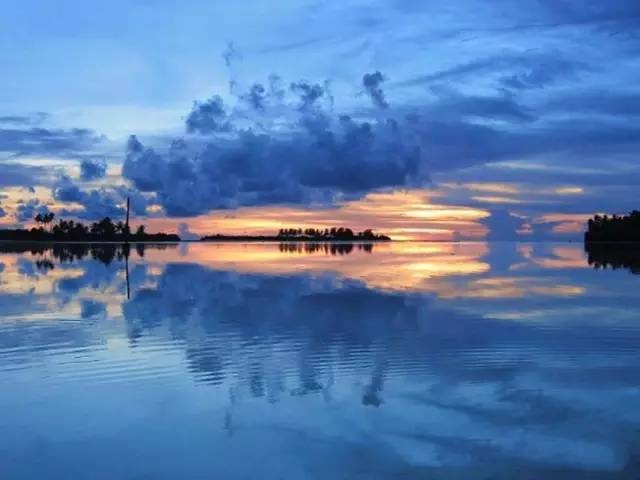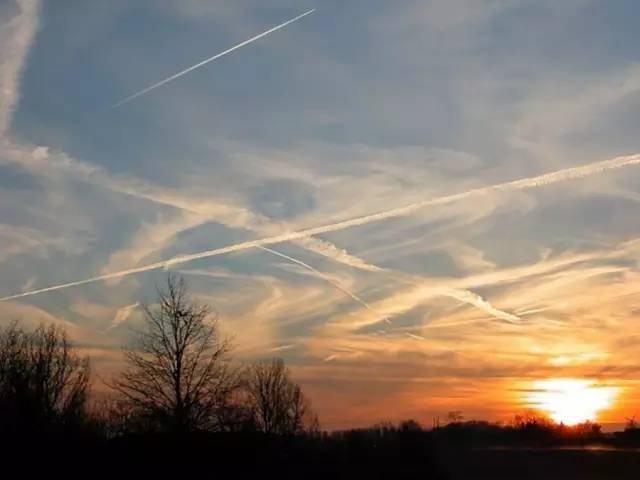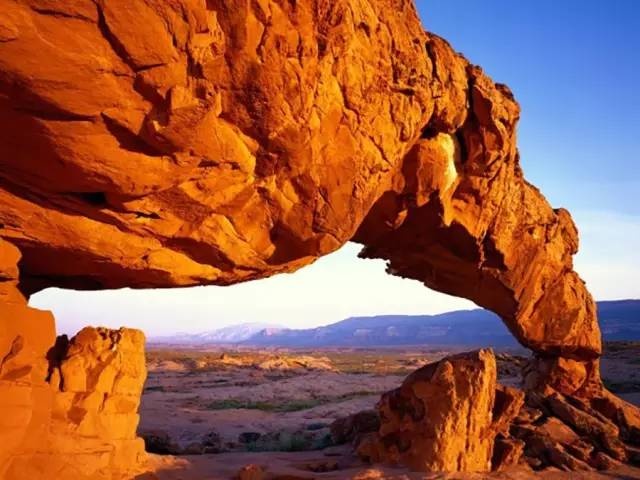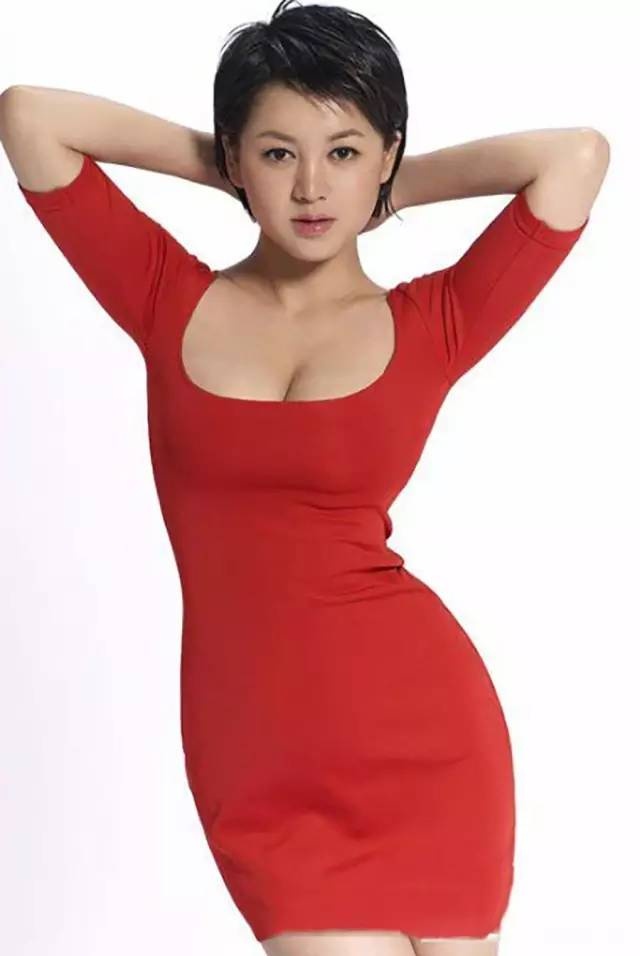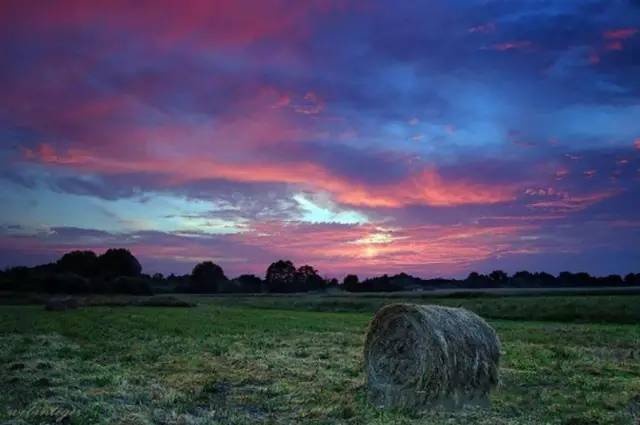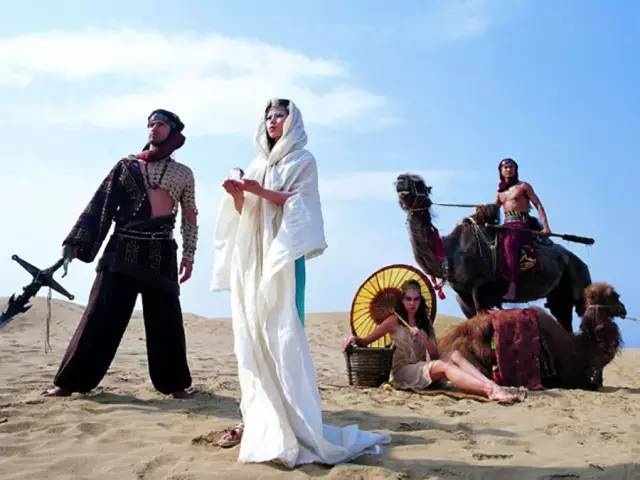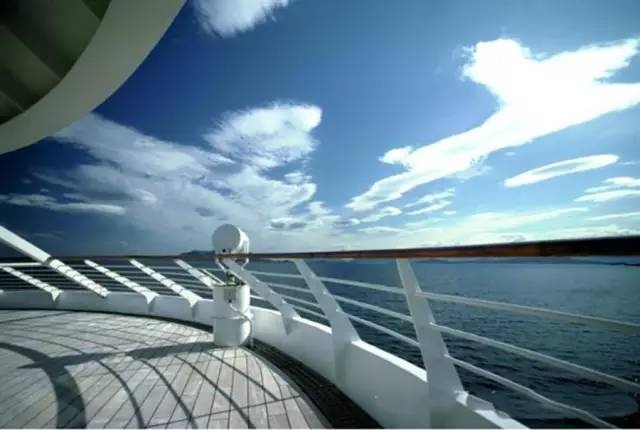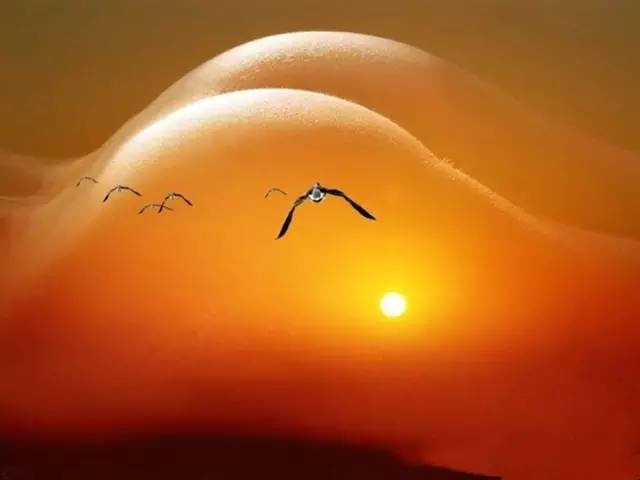Learn What the Photo is for
Don’t be too greedy, you are not a master photographer, you don’t have a master camera. Your creativity is limited, you just need to take enough photos. Don’t expect to be able to take a photo with a digital camera that will work in any situation.
You must think carefully about the use of the photo in advance, and the entire shooting plan is based on immediate needs from the beginning. Temporarily thinking about this and thinking about that, the result is thankless.
Ordinary digital cameras do not have high pixels, and the composition should be as close as possible to the desired composition of the finished product to avoid large cuts.
Sketch is Most Important
Even if you’re taking a simple photo of a product, unless it’s a snapshot without any background, it’s best to start with a sketch. For example, the layout of the layout, the angle of the photo, just sketch the picture roughly. In this way, you don’t need to think about it when shooting, and it is convenient to have a basis for shooting. More importantly, with prior planning, you know the photo requirements.
Is the product in your photo to be a code without any background? For backgrounds, which backgrounds should I use? How many spaces are reserved for text, and what are the needs of other props.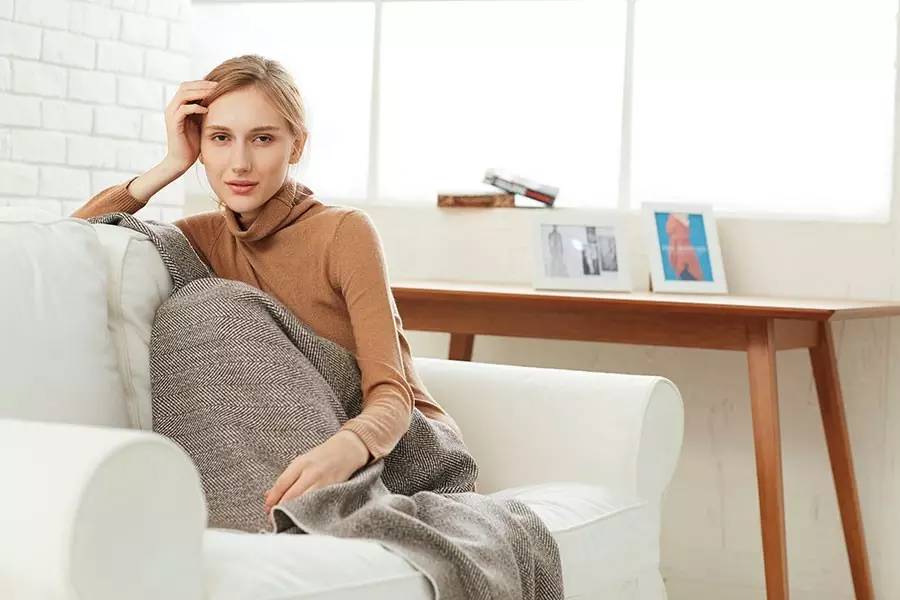
Light
Lighting is definitely a very advanced knowledge in commercial photography.
Available lights: light tube light source (set the white balance carefully), desk lamp (if the light is uneven, you can use butter paper to disperse the color), quartz lamp (low color temperature, 3200-3600K, inclined to yellow, and will release high heat energy, consumption The power is high, be careful when using it too hot), sun light (a kind of light that releases the temperature of 5300-5600K in the sun, close to the light, no need to adjust the white balance when shooting) and studio flash.
Light Stand
Each light stand has its own loadable weight. Be sure to check the load before use to ensure that the flash can be firmly grounded.
Background
Background paper, cloth (for shooting noble objects, silk, silk and flannel can be used as the background with a softer texture), acrylic sheet (reflective sheet, which can create a colored reflective mirror effect), fireproof board, brick Board, wallpaper, metal plate, tape (with a very high gloss, the highlight level is usually exposed and transitioned, and the background that appears in the shot will look wet and watery, which is very special), blinds and corrugated plastic board, on-site shooting.
Reflector
Reflectors are useful for commercial photography, especially when shooting objects with multiple reflective surfaces, so that the reflective surfaces don’t appear shadowed or darkened.
Materials that can be used as reflectors: foam board (half an inch thick, pay attention to the use of high-heat lights to easily dissolve and release harmful substances), high-density foam board and glue corrugated.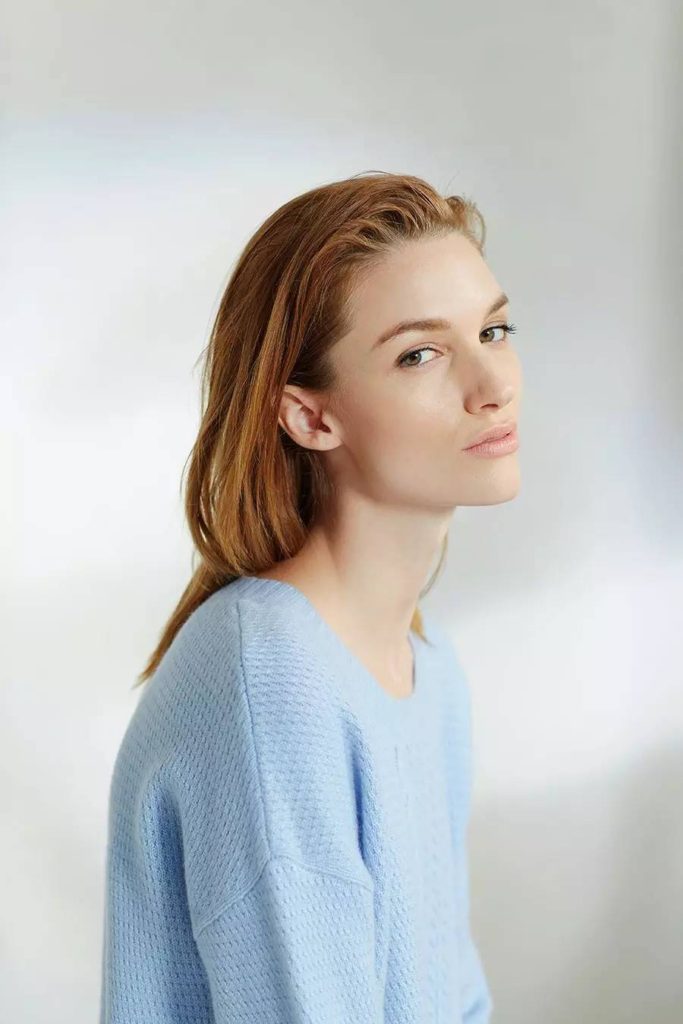
Softbox
The lighting effect of the softbox makes the reflective objects have very uniform and broad lighting, and the secret is to use diffuse lighting. Use a translucent frosted film as a soft surface, and put the light behind to make it softer when the light penetrates. Softboxes can spread the light more evenly, so that the light can be distributed more widely. The larger the softbox, the more obvious the effect.
Reflect/Shadow/Soft Light Tool
Aluminum paper: can be used as a hard light.
White reflector: for general reflection.
Black cardboard: used for shading or placed in front of the mirror to prevent light from entering.
Butter paper: used to soften the light.
Film pad for copying: It can soften the light and is more durable.
Folding reflector: more convenient but not necessarily suitable for shooting small pieces.
Mirror surface: The reflection is relatively strong, but it is very concentrated, and it will not have a large area of scattering like white cardboard, so the effect is different from that of cardboard. Therefore, photographers adopt different material reflections according to different needs.
Consumables
Glycerin: Add three parts water to make the sprayed water droplets look firmer.
White gasoline: clean the stains and stickers on the surface of the object
Kerosene: Cleans oil stains on metal surfaces
Varnish: or matte spray to reduce the reflectiveness of reflective objects
Glass water: clean glass
Camera Settings
pixel
photo format
white balance
Color saturation: Enhancing the color saturation during shooting will reduce the level of the color position, make the product lose its proper texture and detail, and lead to an increase in blur. Shoot with normal or even -1 level color saturation to reduce image blur and make images with better gradation.
clarity
ISO sensitivity.
Bracketing
connection of flash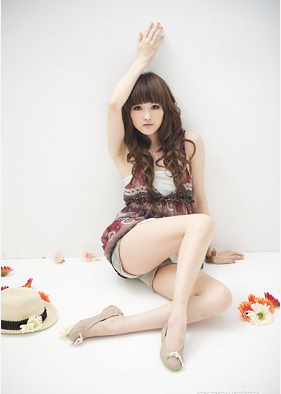
Illumination
Light source color temperature and white balance
Different light sources will have different color light and color temperature. Professional flashlights provide a standard daylight color temperature of about 5500K-6000K. In this color temperature, because the ratio of red, green and blue is relatively even, the white objects in the image can be reproduced as white.
A common household light bulb is 2800K, which emits a very red light. As for household light pipes, which are also commonly used light sources, they have serious and different color cast problems. As for sunlight, the color temperature also changes in the morning and evening.
Whether with flash, daylight, light pipes or bulbs, manual white balance calibration is available, with flash lighting for best results. When using daylight, light pipes or light bulbs, you must manually calibrate the white balance.
Hard light & Soft Light
In addition to reflection and scattering of soft light, the relationship between the light source and the subject also affects the hardness of the light. The closer the light source is to the subject, the larger its area is, making the shadow softer. If the light source is far away and the light source is relatively weak, the shadow will become hard.
No matter how many lights you use, there should only be one main light, with only one more visible shadow. If you use it without restraint, the picture will be cluttered. With studio flash, you can use a diffuser screen for soft light and direct light for hard light.
For the average person, the angle of the lighting of the light may not be too concerned. For photographers, it is very important to use different lighting to take beautiful photos. But for commercial photography, the use of different angles of light can describe the shape, texture and overall atmosphere of the photo.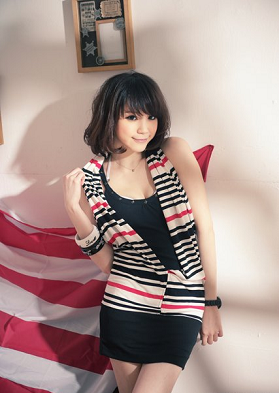
The lighting in the studio is actually simulating natural lighting. The key light will come from directly in front of the subject, so unless you want to shoot particularly dramatic effects, the usual key light will be lit from top to bottom, ranging from 30 degrees to 60 degrees to the camera. In addition, one or two lamps can be used as weak fill light in order to reduce the reflection to a reasonable level.
Flexible Lighting Angle
The main purpose of lighting is to use light to bring out the characteristics of the subject, or to create an atmosphere, regardless of which lighting angle is used.
You can place the subject and props to be photographed separately on the shooting platform, and then use a tripod to fix the DC, and do the required composition. Then re-adjust the position of the main body seen on the screen, and then put the accessories and props, and then start adding lights. You need to arrange the main light first, after roughly reaching your lighting effect, then add the auxiliary light and reflector for fill light.
Large area soft lighting: mainly used for goods that need to be seen clearly. Usually do top light processing, with a 45-degree camera angle, such as food, general merchandise.
Texture light: The purpose is to bring out the texture of the subject, such as using positive side light, positive top light, or narrow-angle backlight to bring out the texture from the back.
Backlighting: For shooting glass and other light-transmitting works.
Back top light: Arrange the light to the top and back of the subject and illuminate it from the back, and add a shading plate to make the light fall on the top and back of the subject subtly, highlighting the top edge of the subject.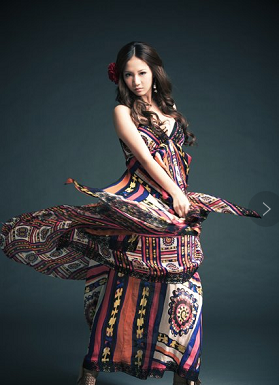
Experience
For some appreciative collections, it is best to use side lighting, which has a better texture. Add white cardboard reflection in the dark part or backlight. Butter paper softens the light and avoids hard shadows. Use butter paper for soft light, not necessarily a large area, sometimes a small piece of butter paper placed in front of the lamp, or even just cover the lamp.
Generally, when shooting a watch or clock, it will be calibrated at 10:10 or 2:50.
Usually, the product photos that imitate the home environment will have a window light behind it to simulate the sunlight entering the house from the window, and the light level will usually explode.
Commercial photography is the most difficult to shoot with highly reflective metal or glass objects, so you must know how to accommodate and make good use of lighting when shooting.
Blue can bring out the coolness of metal and glass/crystal.
Difficulties in shooting metal knives and forks: The metal has a large reflective surface and a curved surface. Therefore, there should be a very large area of the light source close to the light source. So that the metal surface of the knife and fork is completely reflective, and the edges show subtle light and dark textures. For the background, use a black acrylic sheet to create a mirror effect of reflection, and pay attention to accurate exposure.
If you don’t have a large softbox, you can use a large piece of butter paper instead. Carefully adjust the angle of the butter paper or softbox to get the gradient light behind. Be careful to cover all reflective surfaces with the light position. Be sure to turn off all excess lights when shooting.
